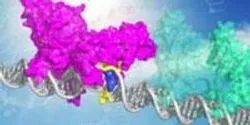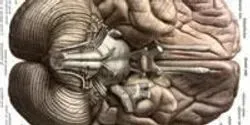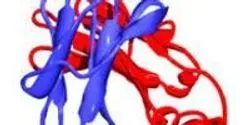Life Science

Like great athletes and musicians, cells employed in cell-based assays or as expression systems for biopharmaceutical production are not born, but made. Cell lines that perform specifically and predictably arise from a population of cells that have undergone one or more genetic transformations (transfection) and are subsequently selected for desirable properties such as viability, protein or virus production; high culture density; or binding to drugs or antigens.

Sites where DNA is damaged may cause a molecule that slides along the DNA strand to scan for damage to slow on its patrol, delaying it long enough to recognize and initiate repair. The finding suggests that the delay itself may be the key that allows the protein molecule to find its target, according to researchers at the University of Illinois at Chicago.

In a new study, Sanford-Burnham Medical Research Institute researchers have used human pluripotent stem cells to generate new hair. The study represents the first step toward the development of a cell-based treatment for people with hair loss. In the United States alone, more than 40 million men and 21 million women are affected by hair loss. The research was published online in PLOS ONE.

Ribonucleotides, units of RNA, can become embedded in genomic DNA during processes such as DNA replication and repair, affecting the stability of the genome by contributing to DNA fragility and mutability. Scientists have known about the presence of ribonucleotides in DNA, but until now had not been able to determine exactly what they are and where they are located in the DNA sequences.

Five genetic variants that influence the size of structures within the human brain have been discovered by an international team that included a Georgia State University researcher.

A team led by structural biologists at The Scripps Research Institute (TSRI) has taken a big step toward understanding the intricate molecular mechanism of a metabolic enzyme produced in most forms of life on Earth.

Open any introductory biology textbook and one of the first things you’ll learn is that our DNA spells out the instructions for making proteins, tiny machines that do much of the work in our body’s cells. Results from a study published on Jan. 2 in Science defy textbook science, showing for the first time that the building blocks of a protein, called amino acids, can be assembled without blueprints – DNA and an intermediate template called messenger RNA (mRNA). A team of researchers has observed a case in which another protein specifies which amino acids are added.














